The Quantum Dragon (feat. IQT News)
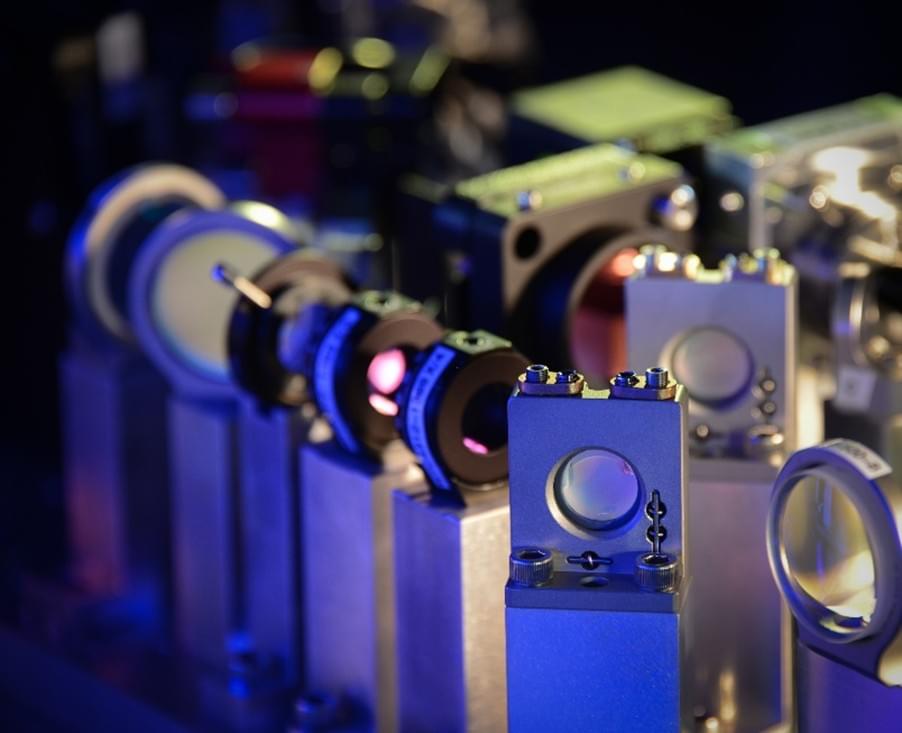

The appearance of the Interstellar Objects (ISOs) Oumuamua and Comet Borisov in 2017 and 2019, respectively, created a surge of interest.
What were they? Where did they come from? Unfortunately, they didn’t stick around and wouldn’t cooperate with our efforts to study them in detail. Regardless, they showed us something: Milky Way objects are moving around the galaxy.
We don’t know where either ISO came from, but there must be more – far more. How many other objects from our stellar neighbours could be visiting our Solar System?
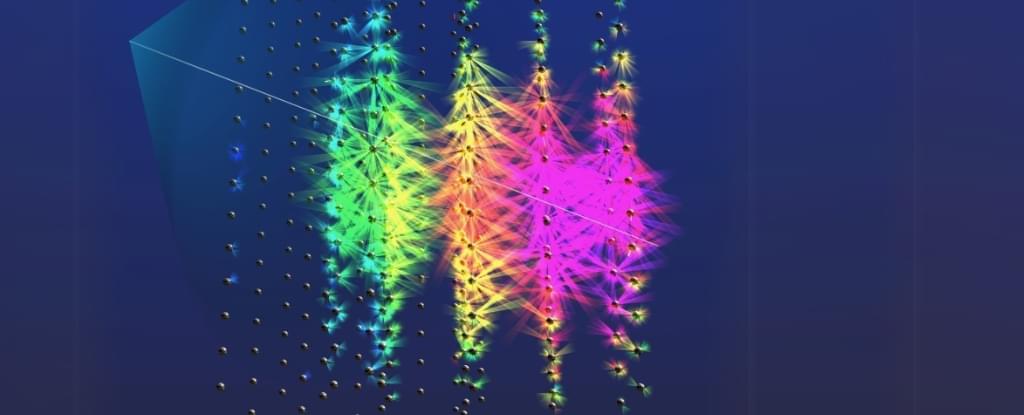
High-energy particles rain down on Earth constantly, but scientists have now detected a doozy: a neutrino blasting in from deep space with an energy far greater than anything we’ve seen before.
On 13 February 2023, an undersea detector off the coast of Sicily picked up a record-breaking neutrino event. The particle’s energy was estimated to be a whopping 220 petaelectronvolts (PeV) – for reference, the previous record-holder is a paltry 10 PeV.
Only a handful of astronomical objects are capable of accelerating particles to such extreme energies, such as supernovae or black holes. One possible culprit could be a blazar – a particularly active supermassive black hole that’s firing a jet of radiation almost directly at Earth.
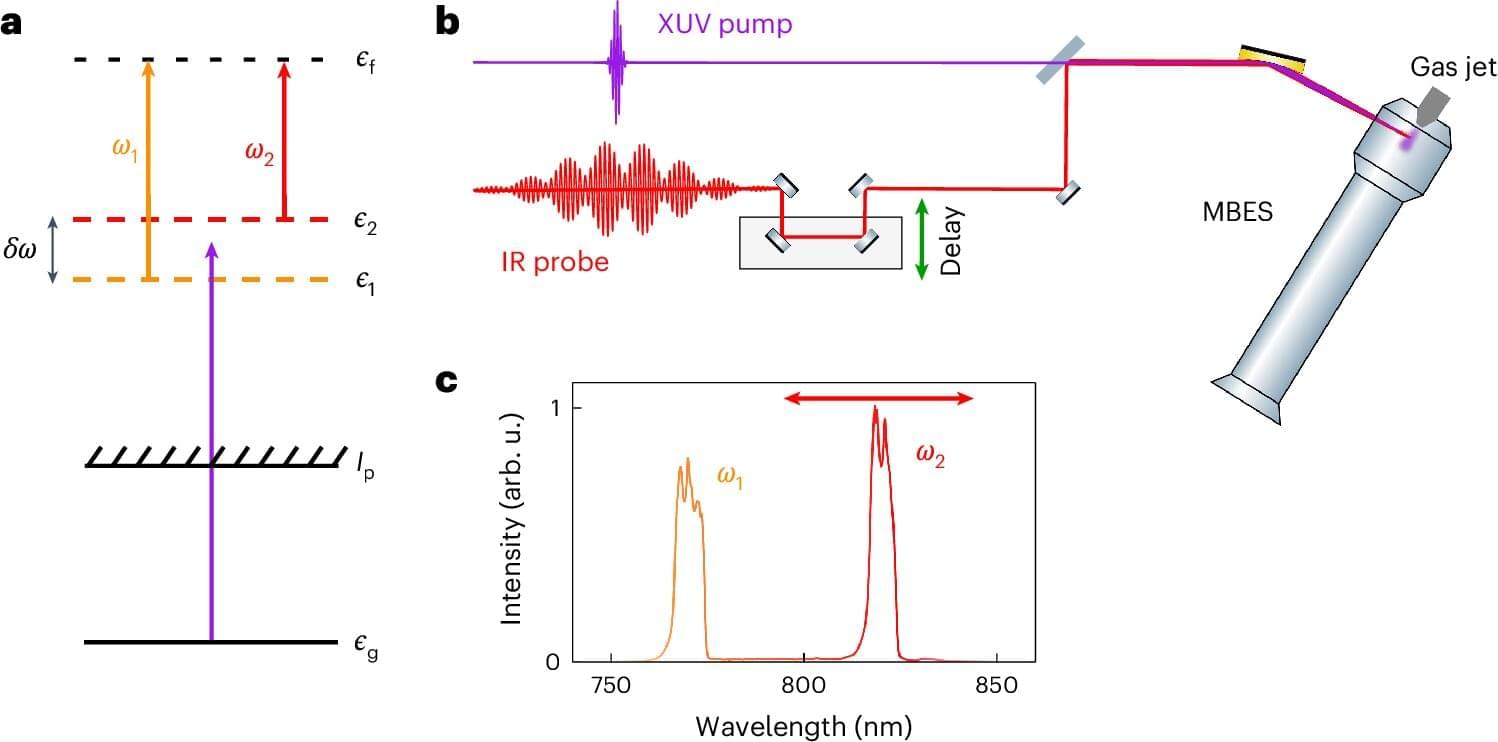
For the first time, researchers have been able to measure the quantum state of electrons ejected from atoms that have absorbed high-energy light pulses. This is thanks to a new measurement technique developed by researchers at Lund University in Sweden. The results can provide a better understanding of the interaction between light and matter.
When high-energy light with a very short frequency in the extreme ultraviolet or X-ray range interacts with atoms or molecules, it can cause an electron to be “detached” from the atom and ejected in a process called the photoelectric effect. By measuring the emitted electron and its kinetic energy, a lot of information can be obtained about the atom being irradiated. This is the basic principle of photoelectron spectroscopy.
The electron that is emitted, known as the photoelectron, is often treated as a classical particle. In reality, the photoelectron is a quantum object that must be described quantum mechanically, as it is so small that at that scale the world is described in terms of quantum mechanics. This means that special rules applied in quantum mechanics have to be used to describe the photoelectron, because it is not just an ordinary small particle but also behaves like a wave.

Researchers have been working for decades to understand the architecture of the subatomic world. One of the knottier questions has been where the proton gets its intrinsic angular momentum, otherwise referred to as its spin.
Nuclear physicists surmise that the proton’s spin most likely comes from its constituents: quarks bound together by gluons carrying the strong force. But the details of the quark and gluon contributions have remained elusive.
Now, a new investigation from an international collaboration of physicists compiles evidence from observational results and analysis using lattice quantum chromodynamics (QCD) to present a compelling argument regarding how much of the proton’s spin comes from its gluons.

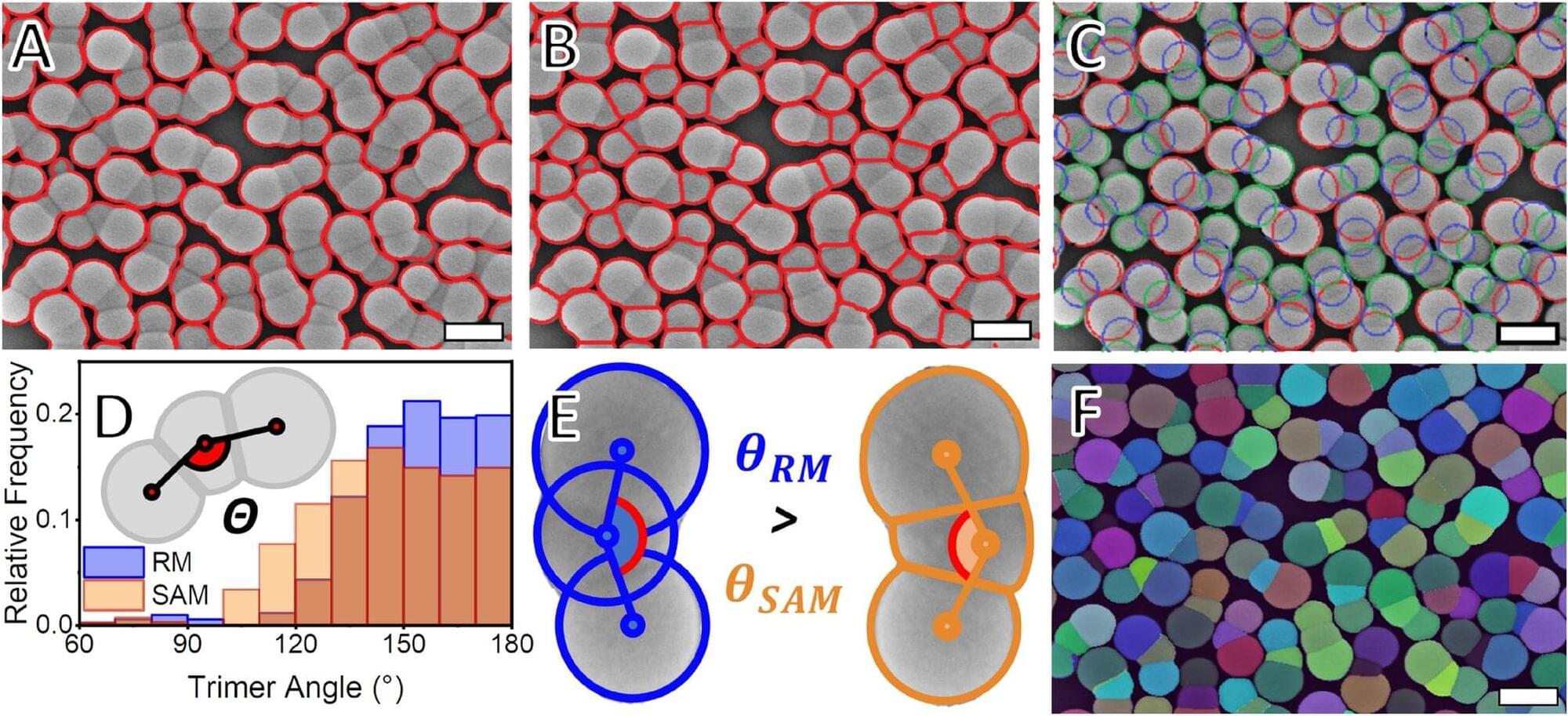
Nanoparticle researchers spend most of their time on one thing: counting and measuring nanoparticles. Each step of the way, they have to check their results. They usually do this by analyzing microscopic images of hundreds of nanoparticles packed tightly together. Counting and measuring them takes a long time, but this work is essential for completing the statistical analyses required for conducting the next, suitably optimized nanoparticle synthesis.
Alexander Wittemann is a professor of colloid chemistry at the University of Konstanz. He and his team repeat this process every day. “When I worked on my doctoral thesis, we used a large particle counting machine for these measurements. It was like a cash register, and, at the time, I was really happy when I could measure three hundred nanoparticles a day,” Wittemann remembers.
However, reliable statistics require thousands of measurements for each sample. Today, the increased use of computer technology means the process can move much more rapidly. At the same time, the automated methods are very prone to errors, and many measurements still need to be conducted, or at least double-checked, by the researchers themselves.
Quantum physics, space documentary, and the fabric of reality—these are not just abstract ideas but the keys to unlocking the mysteries of existence. What is reality? Is it an illusion, a simulation, or something far beyond our comprehension? In this mind-expanding documentary, we explore the very fabric of the universe, from the bizarre behavior of quantum mechanics to the cosmic forces shaping space and time.
The universe is a grand puzzle, and science has only begun to unravel its secrets. Quantum physics reveals a world where particles exist in multiple states at once, where time behaves unpredictably, and where observation itself shapes reality. But how does this strange quantum realm connect to the vast expanse of space? Is the fabric of reality woven with unseen forces that govern everything, from black holes to the flow of time itself?
This space documentary takes you on a journey through the cutting-edge theories that challenge our understanding of the cosmos. Could our universe be a hologram? Is time an illusion? Do parallel realities exist beyond our perception? With stunning visuals, expert insights, and mind-bending concepts, we push the boundaries of what we know about existence.
🔔 Subscribe for more deep-space documentaries and quantum mysteries!
📢 Share your thoughts in the comments—what do you think reality truly is?
=======================================
Our Previous Video -: • Where the Cosmos Meets the Quantum Ph…
=======================================
*******************************************************************************

When world-leading teams join forces, new findings are bound to be made. This is what happened when quantum physicists from the Physikalisch-Technische Bundesanstalt (PTB) and the Max Planck Institute for Nuclear Physics (MPIK) in Heidelberg combined atomic and nuclear physics with unprecedented accuracy using two different methods of measurement.
Together with new calculations of the structure of atomic nuclei, theoretical physicists from the Technical University of Darmstadt and Leibniz University Hannover were able to show that measurements on the electron shell of an atom can provide information about the deformation of the atomic nucleus. At the same time, the precision measurements have set new limits regarding the strength of a potential dark force between neutrons and electrons.
The results have been published in the current issue of the journal Physical Review Letters.
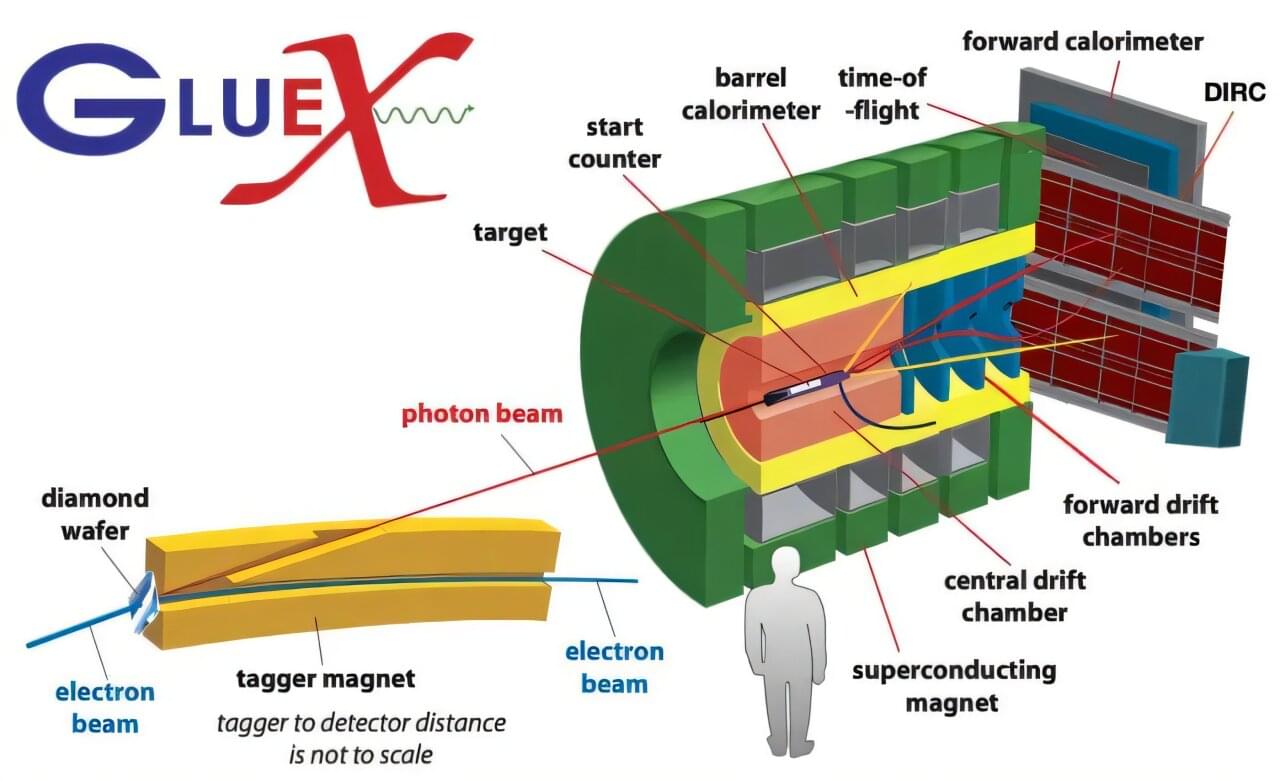
Carnegie Mellon University’s Professor Curtis Meyer and his research colleagues explore an uncharted world inside protons and neutrons. For the first time, researchers have provided measurements describing a maximum boundary for a subatomic particle known as a hybrid meson in a journal paper published in Physical Review Letters. The measurements show scientists a path forward in a search for these elusive particles that provide a new look at the force that holds all matter together.
“The stage is set for future discoveries,” said Meyer, senior associate dean for CMU’s Mellon College of Science and the Otto Stern Professor of Physics. “We’re at an exciting phase where we’re able to analyze a great deal of data. This paper is the first to address one of the experiment’s foundational questions.”
Applying a symmetry property of the strong force, the team set the upper limit on the photoproduction cross sections of a hybrid meson known as the spin-exotic π1 (1600).